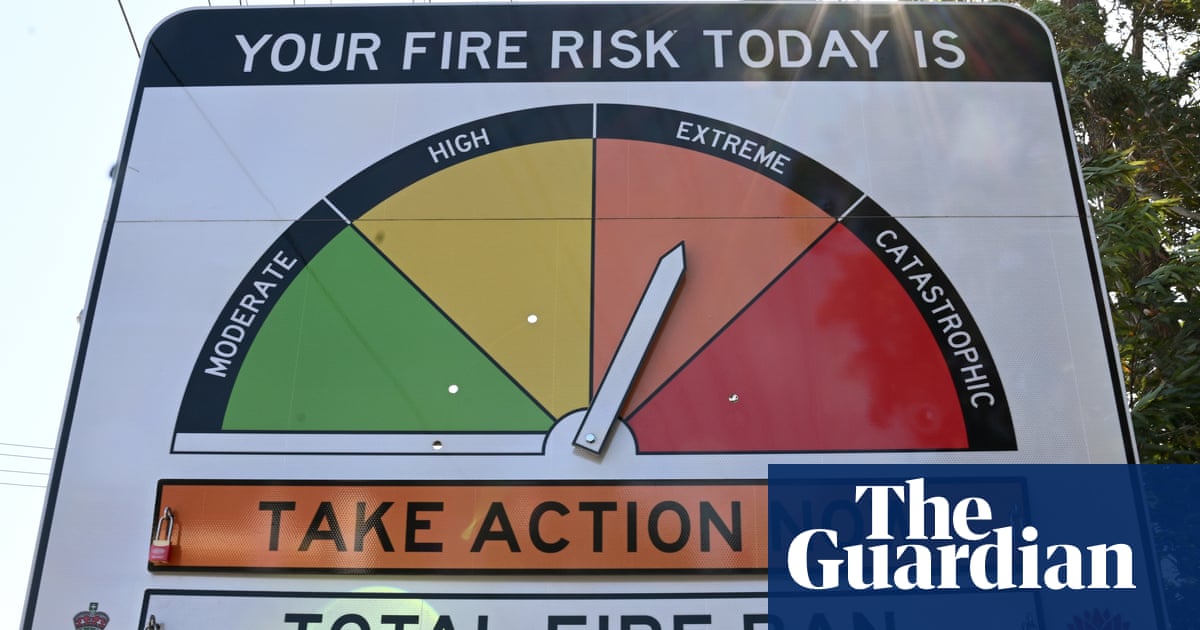Wildfire warning signs normally seen in the parched Australian outback have been installed in the UK for the first time.
In a stark illustration of the worsening impact of the climate emergency, signs have been put up in the Peak District and south Pennines, where there have been more than 30 moorland fires since March.
It is part of efforts by rangers and volunteers to prevent discarded cigarettes, campfires and barbecues from sparking more fires during the prolonged warm and dry weather.
Matt Scott-Campbell, of the Moors for the Future Partnership, said the aim was to inform the public about the growing risk of wildfires. “These signs are normally used in countries that have lived with the risk of wildfire for generations. But now we are seeing the effects of climate change … this might be the beginning of us as a society really coming to terms with the fact that we need to modify our behaviours when we’re accessing wild places.”
He said the area between Sheffield and Manchester was facing a triple challenge of a warming climate, increasing visitor numbers and a budget reduction of about 50% in the past decade.
“We really want to encourage people to come and experience these amazing habitats, these ultra-high-value peatland ecosystems. But we need to be accessing them and enjoying them responsibly in ways that don’t create fires,” Scott-Campbell said.
For the past 20 years specialist teams have been working on the moors to try to manage and preserve the nature-rich peatland, blocking erosion gullies to increase water retention and cutting back heather to create a more diverse habitat.
An initial inspection of the land after the recent spate of fires found that those areas that had been restored and protected had survived with less damage.
Scott-Campbell said: “Damaging fire events like those of recent weeks only increase the urgency with which we must act to restore and protect degraded blanket bog habitats in the face of a changing climate.”
Sign up toDown to Earth
The planet's most important stories. Get all the week's environment news - the good, the bad and the essential
after newsletter promotion
Phil Mulligan, the chief executive of the Peak District national park, said healthy and restored uplands were already playing a vital role in efforts to tackle the climate emergency and he urged all visitors to be vigilant about fire risks.
“I cannot stress enough the need for care, responsibility and vigilance when visiting the countryside of our national parks,” he said. “None of us want to play witness to the very picture-postcard views we cherish being lost to fire.”
